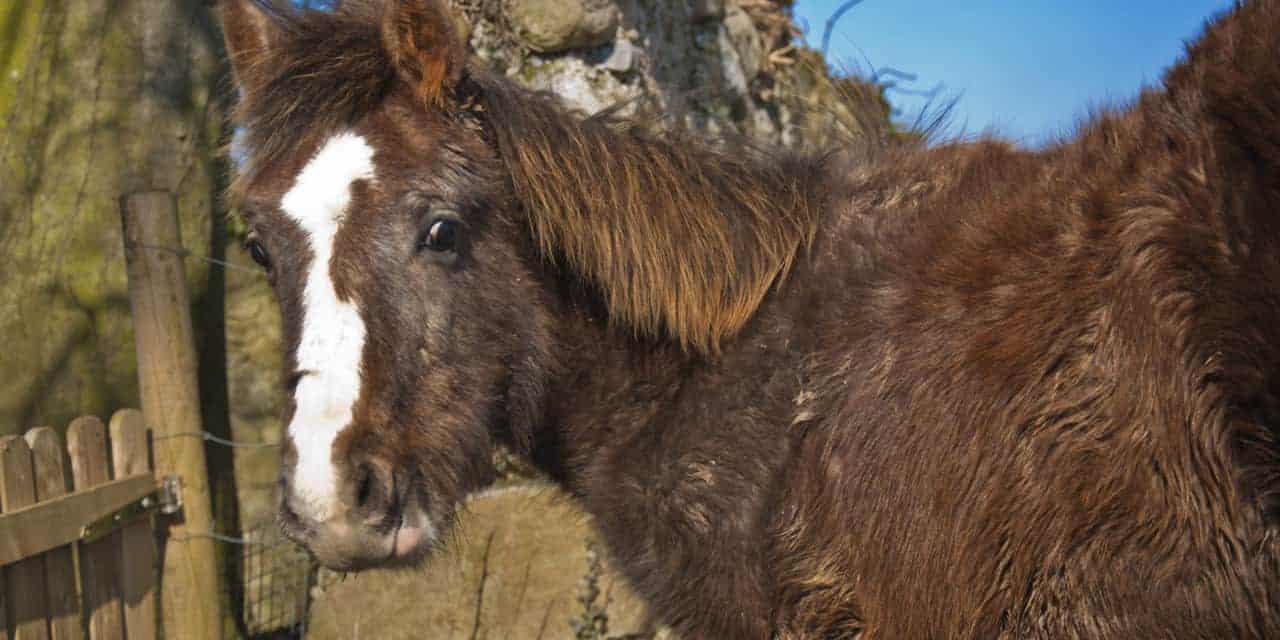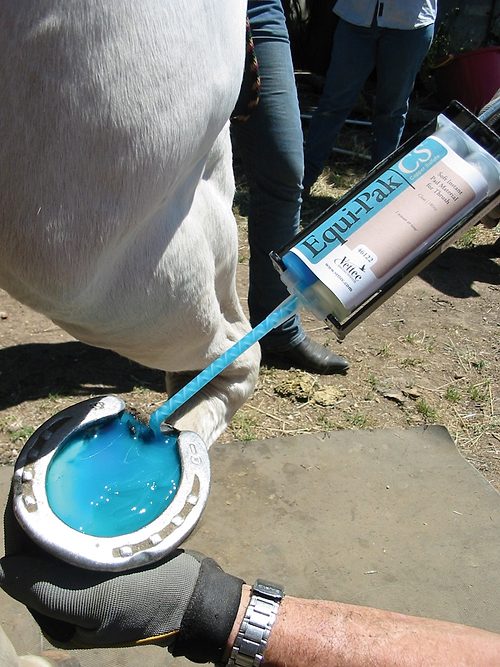What Causes Stress Laminitis

With this disease the laminae weaken which attach the pedal bone to the inside of the hoof.
What causes stress laminitis. It was once associated primarily with overweight ponies but it can affect any age or size of horse. It can often cause lameness in two or all four feet at one time but it is preventable. Stress induced equine laminitis there are many causes of equine stress and due to some stress laminitis in horses may be developed. After a long journey due to the transportation of horses introduction to the new environment staying a long time in hard standing riding horses in the unknown trail and unfamiliar stablemates may also lead to.
Although laminitis occurs in the feet the underlying cause is often a disturbance elsewhere in the horse s body. After infection for example a mare who has recently foaled and has retained the afterbirth. Laminitis involves the failure of the bond between the hoof wall and the distal phalanx commonly called the coffin bone pedal bone or third phalanx p3. Mares are also at risk shortly after foaling because of the additional physical stress.
A dramatic change in environment and or frequent travelling particularly for overweight animals can trigger laminitis. This can all occur before any symptoms are apparent and once the process has started it is extremely difficult to stop. Common causes of laminitis include. Before we get into what causes laminitis in horses let s quickly cover what is laminitis.
Laminitis commonly known as founder is a painful disease that causes severe lameness in horses. Laminitis is a disease that causes lameness in horses. The horses pedal bone detaches from the inside of the hoof. The causes vary and may include the following.
Laminitis is a complex cascade of events that causes the soft tissues laminae within the hoof to swell weaken and die. Excessive intake of grass or grain engorgement for example if a horse or pony gets into the feed room. In this post we ll go over what laminitis is what causes it and how to prevent it. These toxins provoke a response within the horse that is thought to disrupt blood flow which in the feet can cause laminitis.














































